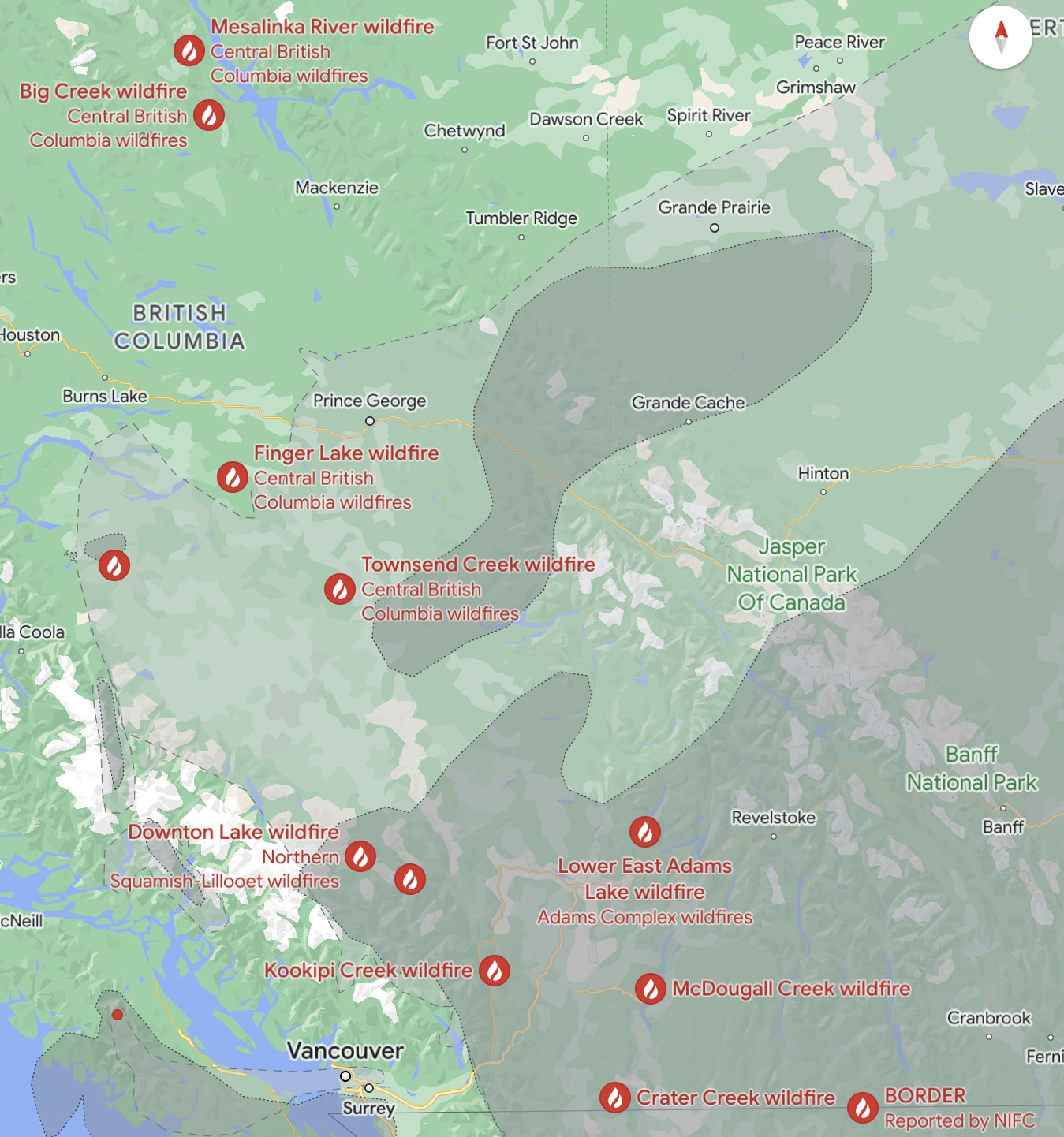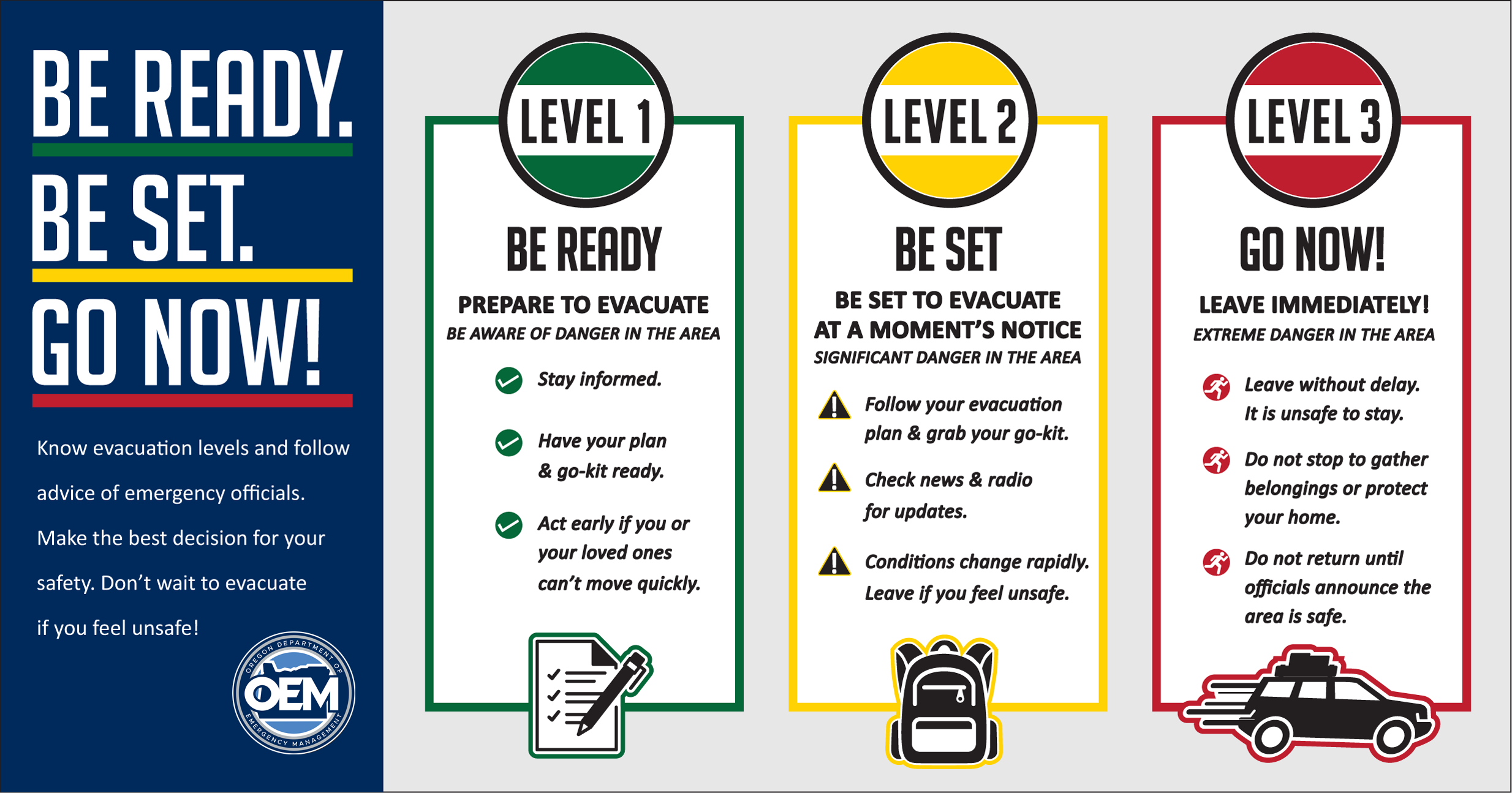The recent Californian wildfires have devastated the state. They have prompted evacuations and emergency responses on a massive scale. It is imperative to understand the causes, effects, and potential solutions.
Editor's Notes: "Californian Wildfires Ravage State, Prompting Evacuations And Emergency Responses" have published September 5, 2023.
This topic is important to read, as it discusses an ongoing crisis that has impacted lives and property in California. By providing information on the wildfires, we hope to raise awareness and help people understand the situation.
Our team has gathered information, analyzed data, and curated this guide to help our target audience make informed decisions.
Some of the key differences and takeaways from our analysis are presented below.
| Key Difference | Explanation |
|---|---|
| Cause of Wildfires | Natural factors such as lightning and human activities such as campfires and arson |
| Effects of Wildfires | Loss of life and property, air pollution, damage to ecosystems |
| Emergency Responses | Evacuations, firefighting efforts, and emergency shelter |
| Potential Solutions | Improved forest management, fire prevention campaigns, and climate change mitigation |
Transition: In the following sections, we will delve deeper into the causes, effects, and potential solutions of the Californian wildfires.
FAQ
As the Californian wildfires continue to rage, prompting evacuations and emergency responses, many are seeking answers to their pressing questions. This FAQ section addresses some of the most common concerns and misconceptions surrounding the wildfires.

Canada wildfires spread to new areas, prompting more evacuations - Source www.wirefan.com
Question 1: What is the extent of the wildfires and where are they located?
As of [date], multiple wildfires are actively burning across California, with the largest and most destructive being the [fire name]. The fires have collectively burned hundreds of thousands of acres and destroyed thousands of homes and businesses. They are primarily located in the northern and central parts of the state.
Question 2: What are the causes of the wildfires?
The exact causes of the wildfires are still under investigation. However, a combination of factors, including extreme heat, prolonged drought, and strong winds, have contributed to the severity of the fires. Some fires have also been attributed to human activity, such as unattended campfires and downed power lines.
Question 3: Are there any evacuations in place?
Yes, mandatory evacuations have been ordered for several areas affected by the wildfires. Residents should follow the instructions of local authorities and evacuate immediately if they are asked to do so. Evacuation maps and updates can be found on the websites of local emergency management agencies.
Question 4: What resources are available for evacuees?
Various resources are available to assist evacuees, including emergency shelters, food and water distribution centers, and financial aid programs. Information about these resources can be obtained from local government agencies, the Red Cross, and other charitable organizations.
Question 5: How can I help?
There are several ways to help those affected by the wildfires. Donations to reputable charities and organizations providing aid to victims are greatly appreciated. Volunteers are also needed to assist with evacuation efforts, provide support at shelters, and help with cleanup and recovery operations.
Question 6: What is the outlook for the wildfires?
The outlook for the wildfires is still uncertain. Firefighters are working tirelessly to contain the blazes, but the ongoing extreme weather conditions and dry vegetation make it difficult to predict when they will be fully extinguished. Residents should continue to monitor official updates and follow the guidance of local authorities.
It is important to stay informed and follow the instructions of emergency responders during this time. By working together, we can support those affected by the wildfires and ensure the safety and well-being of our communities.
For the latest updates and information on the wildfires, visit the official websites of the California Department of Forestry and Fire Protection (CAL FIRE) and the Federal Emergency Management Agency (FEMA).
Tips
The devastating Californian wildfires have resulted in mandatory evacuations, emergency responses, and severe consequences. Follow these crucial tips to navigate the situation safely and effectively:
Tip 1: Evacuate promptly when ordered. Ignoring evacuation orders puts lives in extreme danger. Californian Wildfires Ravage State, Prompting Evacuations And Emergency Responses
Tip 2: Establish an emergency communication plan. Share contact information with family and friends, and designate a meeting place outside the evacuation zone.
Tip 3: Pack an emergency kit. Include essential items such as water, non-perishable food, first-aid supplies, and important documents.
Tip 4: Protect your home. If time permits, clear flammable materials away from the exterior of your property and close all windows and doors.
Tip 5: Stay informed. Monitor local news and official websites for up-to-date information on fire conditions and evacuation orders.
Tip 6: Assist neighbors. Check on elderly or vulnerable individuals who may need help evacuating or accessing essential resources.
Tip 7: Report suspicious activity. If you observe any suspicious behavior or potential arson attempts, report them to the authorities immediately.
Tip 8: Respect emergency personnel. Firefighters, police officers, and other emergency responders are working tirelessly to protect lives and property. Follow their instructions and provide assistance where possible.
Remember, wildfires are unpredictable and dangerous. By following these tips, you can increase your safety and help minimize the impact of these devastating events.
Californian Wildfires Ravage State, Prompting Evacuations And Emergency Responses
As wildfires ravage the state of California, residents are facing evacuations and emergency responders are working tirelessly to contain the blazes. The scale of the wildfires has raised concerns, highlighting the urgent need to address the causes, consequences, and implications associated with these devastating natural disasters.

British Columbia Declares State of Emergency as Worst Ever Wildfires - Source snowbrains.com
- Extreme Weather Conditions: Climate change and prolonged droughts contribute to heightened fire risks.
- Vegetation and Topography: California's dense vegetation and rugged terrain exacerbate the spread of wildfires.
- Human Activities: Unintentional human actions can trigger wildfires, emphasizing the significance of fire prevention and education.
- Air Quality: Wildfires release harmful pollutants, posing respiratory health hazards to nearby communities.
- Economic Impact: Wildfires cause widespread damage to property and infrastructure, affecting local economies and businesses.
- Emergency Coordination: Effective coordination among emergency responders, including firefighters, police, and Red Cross, is crucial for managing evacuations and providing aid.
The key aspects outlined above demonstrate the multifaceted nature of Californian wildfires. Addressing climate change, mitigating human-caused ignitions, enhancing risk mitigation strategies, and investing in emergency response capabilities are essential for building resilience against future wildfires. By understanding the underlying dynamics and consequences of these devastating events, we can work collectively to minimize their impact on communities and ecosystems.

Oregon Wildfire Response and Recovery : Evacuations : State of Oregon - Source wildfire.oregon.gov
Californian Wildfires Ravage State, Prompting Evacuations And Emergency Responses
The ongoing wildfires in California have caused widespread devastation, prompting evacuations and emergency responses. These fires, exacerbated by extreme weather conditions and climate change, have left a trail of destruction, burning thousands of acres, destroying homes and businesses, and threatening lives. The connection between these wildfires and the state's emergency response efforts is profound, as the fires' severity necessitates immediate action to protect public safety and mitigate the damage.
The wildfires' intensity, fueled by dry vegetation, strong winds, and high temperatures, has overwhelmed local resources, requiring the mobilization of state and federal emergency response teams. Firefighters are working tirelessly to contain the blazes and prevent further spread, while law enforcement and emergency management personnel are coordinating evacuations and providing assistance to affected communities. These coordinated efforts are crucial in saving lives, minimizing property loss, and preventing the fires from escalating further.
The emergency responses also extend beyond immediate firefighting efforts. As the fires displace residents, emergency shelters and housing assistance are being provided to those who have lost their homes. Additionally, public health agencies are monitoring air quality, providing guidance to protect against smoke inhalation, and ensuring access to healthcare for those affected by respiratory ailments.
The connection between the Californian wildfires' severity and the state's emergency response highlights the importance of disaster preparedness and coordination. The wildfires serve as a reminder of the devastating impacts of natural disasters and the need for proactive measures to protect communities and infrastructure. The coordinated response by firefighters, law enforcement, emergency management, and other agencies exemplifies the resilience and dedication of emergency responders in the face of adversity.
| Cause | Effect |
|---|---|
| Extreme weather conditions and climate change | Increased wildfires' intensity and spread |
| Wildfires' destruction | Evacuations and emergency responses |
| State and federal emergency response mobilization | Fire containment and property protection |
| Evacuations and emergency shelters | Protection of public safety and housing assistance |
| Public health monitoring and healthcare access | Protection against smoke inhalation and health risks |
Conclusion
The Californian wildfires and the state's emergency response efforts underscore the urgency of climate action and disaster preparedness. The fires' severity is a stark reminder of the devastating consequences of extreme weather events. The coordinated response by emergency responders showcases the importance of collaboration and resilience in protecting communities during times of crisis. By addressing climate change, improving infrastructure resilience, and investing in disaster preparedness, we can mitigate the impact of future wildfires and ensure the safety and well-being of our communities.